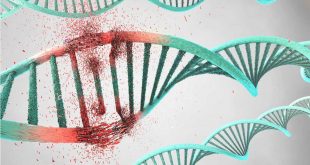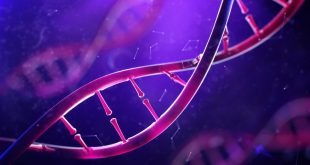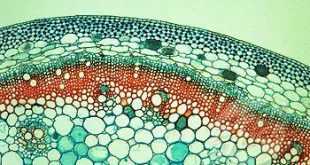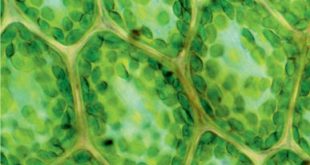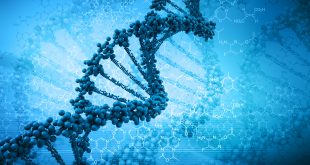DNA damage is defined as an alternative to DNA structures that can cause cellular injury and reduces the organisms efficiency or reproductive fitness. DNA damage may occur by free radical, physical agents like UV rays, X rays and chemical agents like aflatoxine, alkylating agents, hydraxines. Further, DNA damage is intertwined …
Read More »Yearly Archives: 2021
Air Plants: Plants That Grow without Soil
When you hear the name of the word ‘plant’, first the thought will come to your mind that plants grow in the ground and can’t develop, reproduce and even survive without the existence of soil. The soil provides all the elements for its survival. But have we ever heard that …
Read More »Vector Mediated Gene Transfer: Commonly Used Vectors (Part 2)
Hello Everyone, Welcome to the Second Part of “Vector Mediated Gene Transfer: Commonly Used Vectors” series. In this part we will focus on Agrobacterium mediated gene transfer. Let’s start !!! Link of Part 1 is here. Agrobacterium Mediated Genetic Transformation Of various methods used for plant transformation, transformation mediated by Agrobacterium …
Read More »Vector Mediated Gene Transfer: Commonly Used Vectors (Part 1)
If we want to know the subtle and intricate mechanism of life and how it revolves in molecular level, we must have to know about the basic fundamental concepts of molecular biology, an interdisciplinary branch of science which begins its journey with the amalgamation of some distinct disciplines such as …
Read More »History of Botanical Exploration: Indian Subcontinent (Part 2)
Hello Everyone, hope you have gathered some knowledge from the previous part of “History of Botanical Exploration: Indian Subcontinent” series. This is the Second part of History. Here we will explore rest of the three pioneers who made magnificent contribution to foster plant taxonomy study to the next level. I …
Read More »History of Botanical Exploration: Indian Subcontinent (Part 1)
It’s always helpful and extra-beneficial to check the background or history before learning a new subject matter. Why? Because this enrich us with some fundamental concepts behind the topic and enable us to understand how versatile ideas bloom and differentiate to shape a new body of knowledge. Isn’t that interesting!!! …
Read More »Comparison of Two Means: Student’s t-test
From the previous topic, we learned about test of significance, a procedure for comparing observed data with a claim or hypothesis or predicted data. This test of significant is used to test e claim about an unknown population and for testing the research hypothesis against the H0. Null …
Read More »Cell wall: Origin and Growth
The cell wall is structurally and chemically different from the protoplasm. The growth in thickness of walls is evident in both primary and secondary walls. The initiation of the cell wall and how it grows is being studied here. Origin of the Cell wall The wall formation is first evident …
Read More »Cell wall: Structure and Composition
A layer of structural materials composed of polysaccharides, glycoproteins, and phenolic compounds found external to protoplasm is called the cell wall. Certainly, it defines the shape and size of the cell. In this paragraph, the structure and composition of cell walls will be discussed explicitly. Gross Structure of Cell Wall The …
Read More »Gene Cloning: Basic, Requirements & Steps
Author: Tahmina Mojumder This article discusses Recombinant DNA and gene cloning, plasmid and phase vectors, restriction enzymes, restriction maps and their properties, recombinant selection. Recombinant DNA Recombinant DNA is the common name for a segment of DNA that has been created by combining at least two fragments from two different …
Read More » Plantlet The Blogging Platform of Department of Botany, University of Dhaka
Plantlet The Blogging Platform of Department of Botany, University of Dhaka
